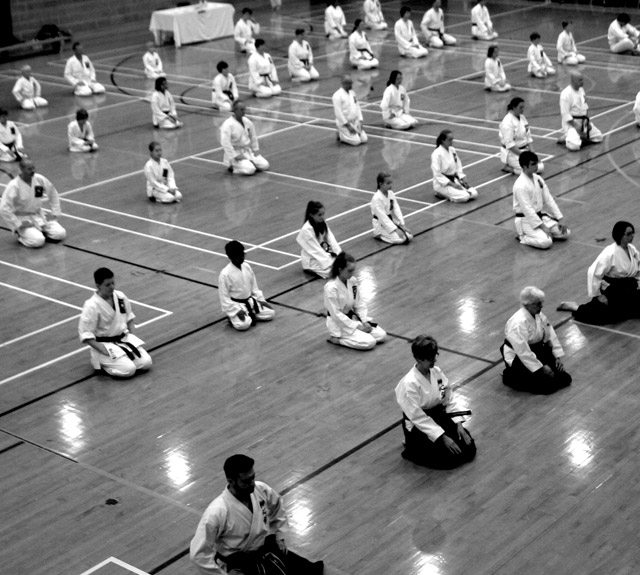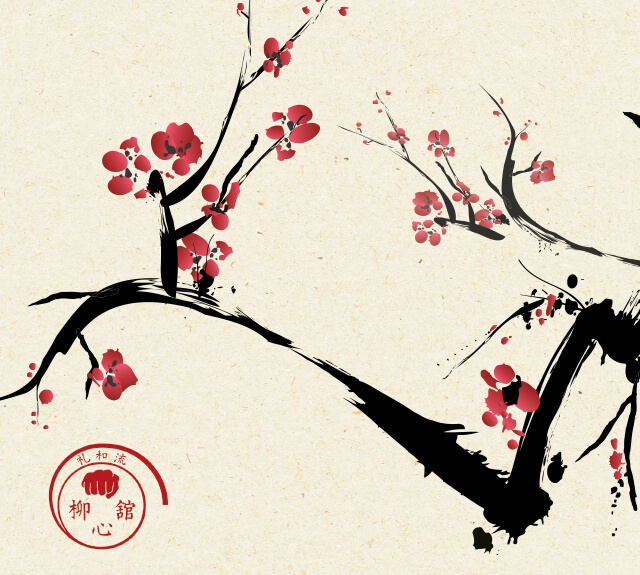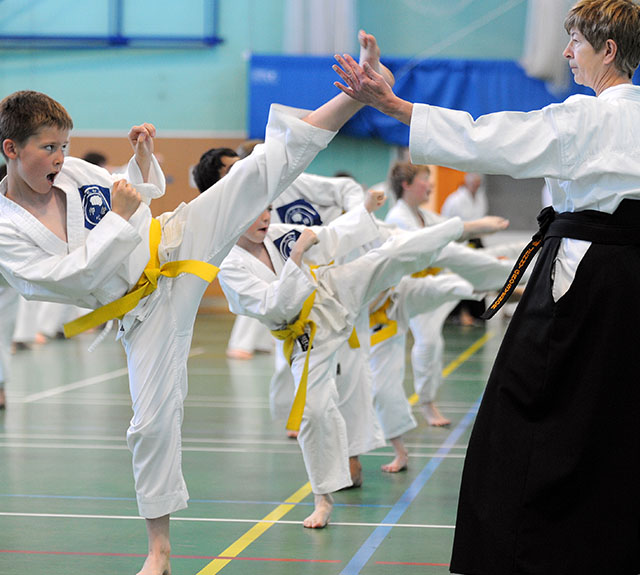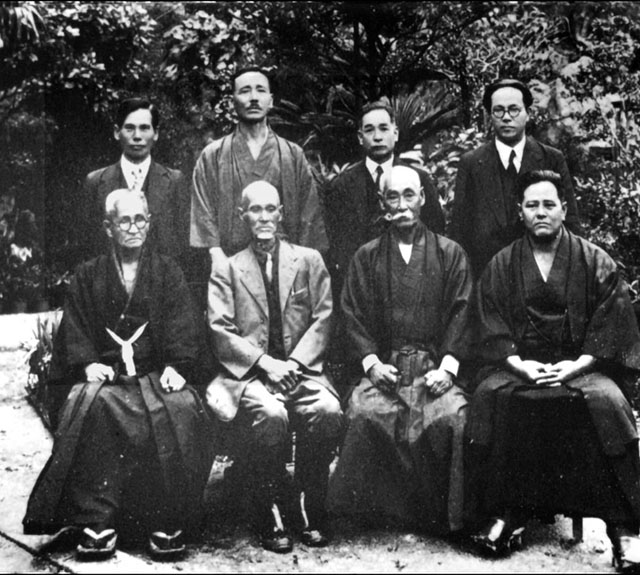The school host two major grading examinations each year. These gradings are an excellent opportunity for all the students of the whole school to meet and to allow students to progress appropriately through the different levels.
Examinations take into account both the physical and mental aspects of the karateka (Karate student). The student’s attitude and approach to their training are of prime importance. The techniques of meditation and concentration are part of the normal class with its emphasis on basic techniques, formal patterns, and pair work. This involves co-operation with fellow students for mutual gain. Classes are conducted in a safe and disciplined environment with professional instructors who hold DBS certification, which is essential to help shape and develop an individual’s character. The Reiwaryu Ryushinkan Karate-Do Renmei School is a non-profit organisation. None of it’s Instructors receive payment for their valued contribution therefore making it affordable to all.
We always ask ourselves “What about the value of the grade?”. What does it mean?
Traditionally in Okinawa, I believe, there were only two grades, students (white belts) and teachers (black belts). It was the Japanese who systemised it, introducing coloured belts to indicate progression, and more militaristic training method of practising the techniques in a line up formation.
The colour of the belt itself means nothing; it is only the wearers attributes to it that make it valuable, and the wearer will respond, if subconsciously, to the value other people attribute to it. If the wearer doesn’t value the grading, then it has no value.
This is one of the reasons why the examinations are not based on technique alone, although each examiner will carry a vision of a perfect technique in his head and encourage the student to work towards this. The grade is not awarded for technique alone, but for striving for the technique, in the actual “doing” of karate.
What examiners look for is correct attitude and effort and because the teacher is more aware of this, it is the teacher who submits the student for the grading. If the student has had to work for a grading, and has improved themselves then the grading will be valued, but if it is given just for good technique (which might come easily to some students) then its value will be questioned.
You may look at some students of a higher grade and question their technique, but it’s the heart of that person that has achieved the grade; the years of commitment and striving towards a perfect technique has given that person a strength and an understanding of the difficulty experienced by others.
So the belt is treated with respect, not worn in public places outside the training venue, and it is always folded and put away carefully. To some it is just a piece of cloth, while to others it a symbol of commitment to continuous improvement.







